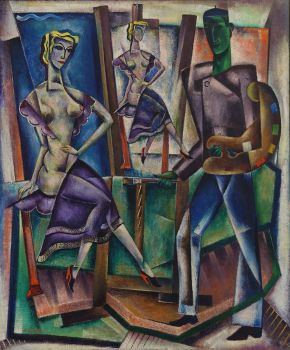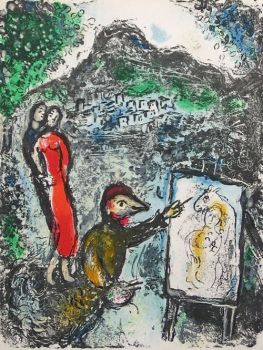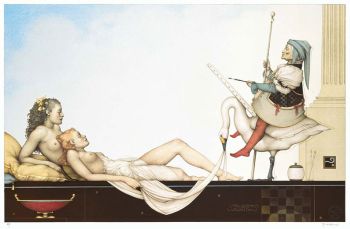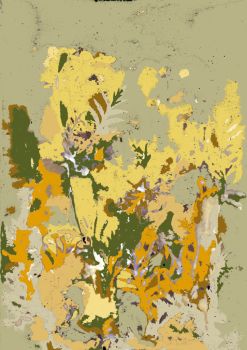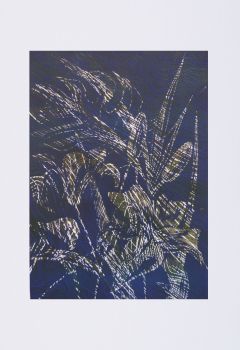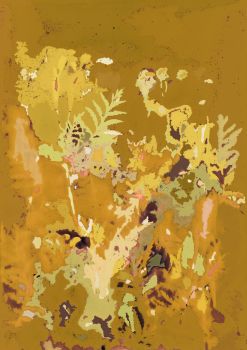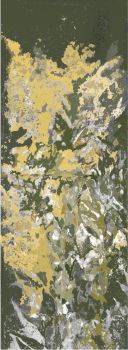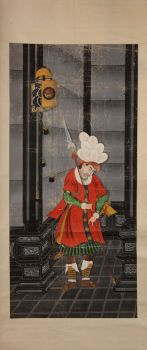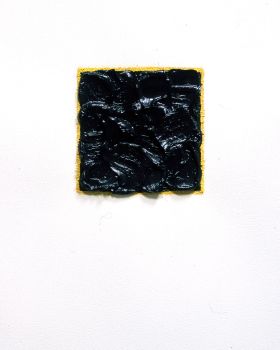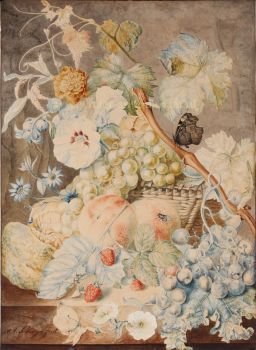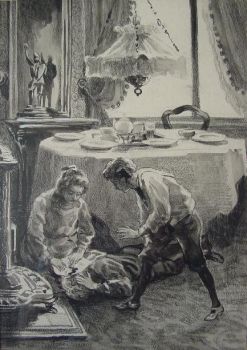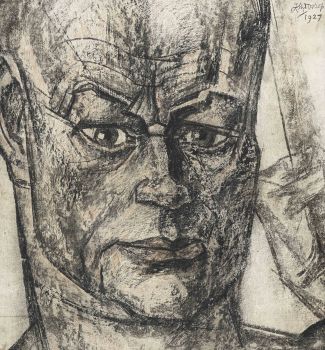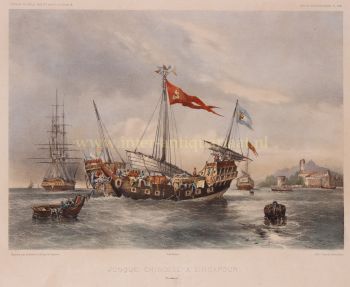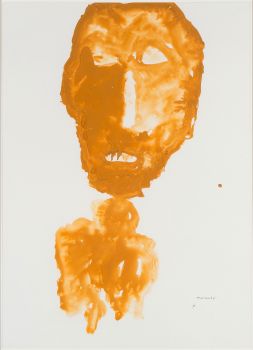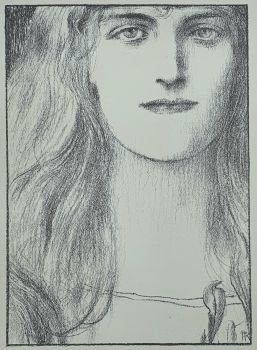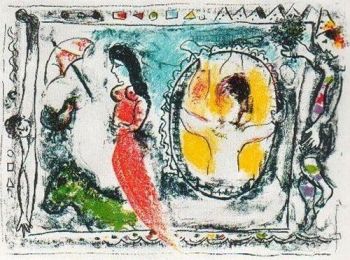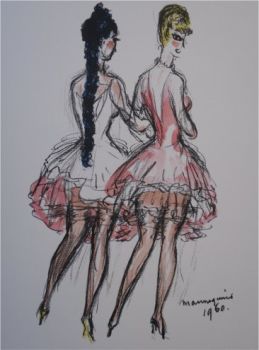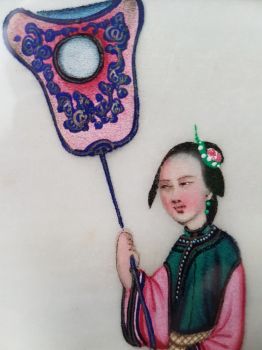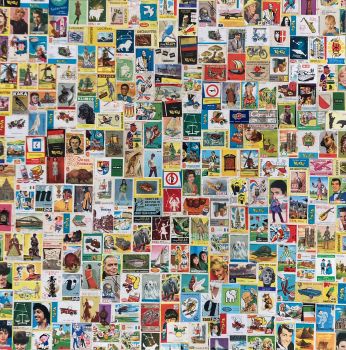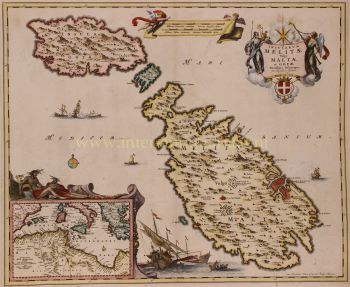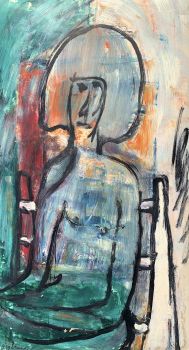Andy Warhol. Catalogue Raisonné. Paintings and Sculptures 1970-1974. Volume 3 2010
Andy Warhol
Papel
25 ⨯ 29 cm
Atualmente indisponível via Gallerease
Scriptum Art Books
- Sobre arteWARHOL - King-Nero, Sally & Neil Printz; July 2010, (29 x 25 cm), 572 pp. English text, 700 colour ills., 150 b/w. ills., hardcover in carton slipcase.
The sculpture and paintings of 1970-4 are the subject of this third volume of the catalogue dedicated to publishing the complete paintings, sculptures and drawings of Andy Warhol (1928-87). As authoritative and detailed as the highly praised first two volumes, here Warhol's sculptures and paintings of these four years are comprehensively catalogued and illustrated. Early in this period Warhol was concentrating on film and sculpture, as he had been since being shot in 1968, but by late 1971 or early 1972 he was returning to painting and developing his painterly, 'sloppy and fast' style. The volume covers major sculptures, such as the Rain Machine, the series of paintings Mao and Man Ray, and commissioned portraits of important, celebrated and fashionable people of the day - many from Warhol's travels through Europe during this time. It is a time of great transition for Warhol, including developing his relationships with various media and the impact of his first purchase of a Big Shot Polaroid camera. His diaries and the photographs he took on travels and of his subjects enliven the narrative and give intriguing insights into his works of these years and his unique engagement with the culture and society of that time. - Sobre artista
Andy Warhol nasceu Andrew Warhola em 6 de agosto de 1928, em Pittsburgh. Ele recebeu seu B.F.A. do Carnegie Institute of Technology, Pittsburgh, em 1949. Nesse mesmo ano, mudou-se para Nova York, onde logo se tornou um artista comercial e ilustrador. Durante a década de 1950, os desenhos de Warhol foram publicados na Glamour e outras revistas e exibidos em lojas de departamento. Ele ficou conhecido por suas ilustrações dos sapatos I. Miller. Em 1952, a Hugo Gallery de Nova York apresentou uma mostra de ilustrações de Warhol para os escritos de Truman Capote. Ele viajou pela Europa e pela Ásia em 1956. No início dos anos 1960, Warhol começou a pintar personagens de histórias em quadrinhos e imagens derivadas de anúncios; este trabalho caracterizou-se pela repetição de temas banais como garrafas de Coca-Cola e latas de sopa. Ele também pintou celebridades na época. A nova pintura de Warhol foi exposta pela primeira vez em 1962, inicialmente na Ferus Gallery, em Los Angeles, depois em uma exposição individual na Stable Gallery, em Nova York. Em 1963, ele substituiu o processo de serigrafia pela pintura à mão. Trabalhando com assistentes, ele produziu uma série de desastres, flores, vacas e retratos, bem como caixas de Brillo fac-símile tridimensionais e caixas de outros produtos domésticos bem conhecidos. A partir de meados da década de 1960, em The Factory, seu estúdio em Nova York, Warhol se concentrou em fazer filmes marcados pela repetição e pela ênfase no tédio. No início dos anos 1970, ele começou a pintar novamente, retornando à pincelada gestual, e produziu retratos monumentais de Mao Tse-tung, retratos encomendados e a série Hammer and Sickle. Ele também se interessou por escrever: sua autobiografia, The Philosophy of Andy Warhol (de A a B e de volta), foi publicada em 1975, e The Factory publicou a revista Interview. Uma grande retrospectiva da obra de Warhol organizada pelo Pasadena Art Museum em 1970 viajou pelos Estados Unidos e pelo exterior. Warhol morreu em 22 de fevereiro de 1987, em Nova York.
Você está interessado em comprar esta obra de arte?
Artwork details
Related artworks
- 1 - 1 / 1
Yoko Ono
YOKO ONO: "ARISING" SIGNED BOOK PLUS SMALL ARTWORK 2010 - 2014
Preço em pedidoGallerease Selected
LAWRENCE WEINER
"SKIMMING THE WATER [MENAGE A QUATRE]" Signed book plus small artwork2010 - 2014
Preço em pedidoGallerease Selected
Engelbert Kaempfer
LIVRO ENGELBERT KAEMPFER1651 - 1716
Preço em pedidoZebregs & Röell - Fine Art - Antiques
Yoko Ono
YOKO ONO: "ARISING" SIGNED BOOK PLUS SMALL ARTWORK 2010 - 2014
Preço em pedidoGallerease Selected
1 - 4 / 22- 1 - 4 / 7
Shiba Kokan
Pintura de um holandês fantásticoearly 19th
Preço em pedidoZebregs & Röell - Fine Art - Antiques
Jan Sluijters
Original illustration of Sluijters for the book: 'Laura's opstel'1881 - 1957
Preço em pedidoKunsthandel Pygmalion
1 - 4 / 24

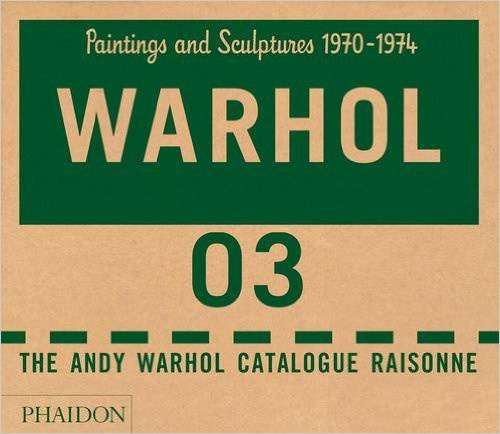
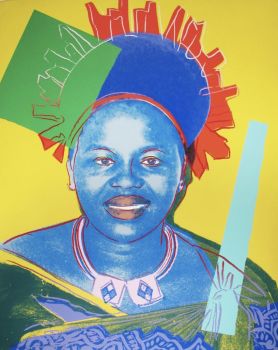













!["SKIMMING THE WATER [MENAGE A QUATRE]" Signed book plus small artwork by LAWRENCE WEINER](https://media-2.gallerease.com/images/442bfd5f-fc31-4e18-a2fa-ee0c08eade64/350x350/skimming-the-water-menage-a-quatre-signed-book-plus-small-artwork.jpg)




